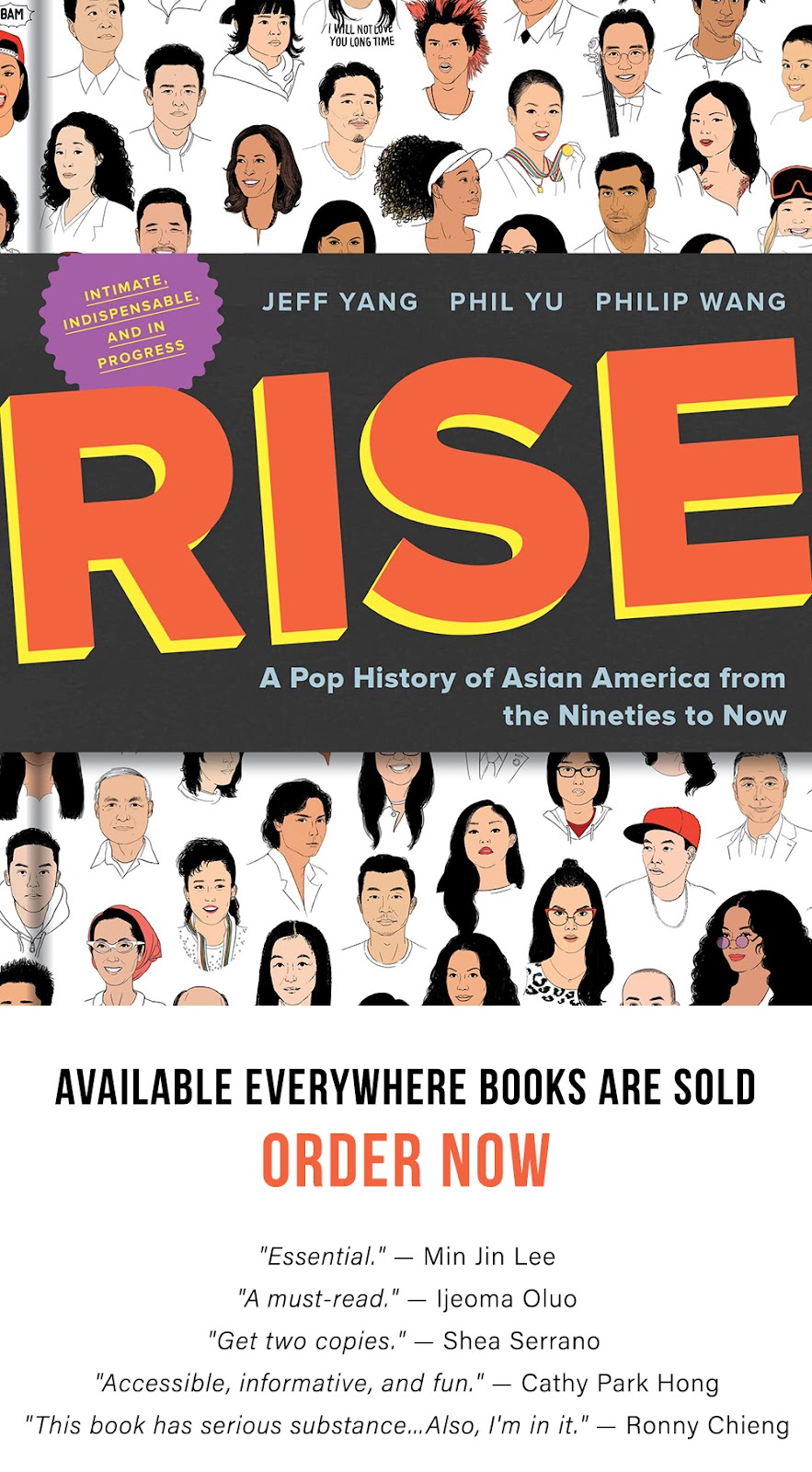
Got this info passed along to me, and I am intrigued... If you're attending the MacArthur Foundation's Digital Media and Learning Conference this week in Chicago, check out this panel on
Civic Dimensions of Play, which will include a presentation by 13-year-old Gabriel Tajima-Peña -- yes, son of filmmaker Renee Tajima-Peña -- on the virtual Japanese American internment camp he constructed using the multi-player online building game Minecraft. Here's some more background on the presentation:
Gabriel's Heart Mountain 3.0
Presenters: Gabriel Tajima-Peña, Renee Tajima-Peña
Case study of a youth-originated project to explore Japanese American WWII concentration camps on the Minecraft online video game
Gabriel Tajima-Peña, a 13-year-old student, proposes a case study of his civil liberties history project, Heart Mountain 3.0. Constructed on the multi-player online building game, Minecraft, it is a virtual interpretation of the internment camp where his grandmother, and over 10,000 Japanese Americans, were incarcerated during WWII. The project has evolved from a fun diversion to ease the boredom of a visit to the historical site, into a curriculum and interactive web project. Gabriel will be joined by his project collaborators, game-based learning designer Randall Fujimoto, who leads the curriculum development, and Renee Tajima-Peña, mother and documentary filmmaker who is creating web video content. Using a Minecraft demonstration and video clips of Gabriel’s process, the presenters will discuss the possibilities for using Minecraft to facilitate fun, creative, and self-directed explorations of the history.
Heart Mountain 3.0 shows how game-based platforms can arm youth with creative tools to engage in themes of civil liberties, democracy and race, and share those ideas through the social networking capabilities of online games. Minecraft is inexpensive and accessible for use at home, schools, or community spaces on a growing number of devices, including PC’s, Xbox, Android, and IOS. It is a game that a young person can master, hack, work on individually or collectively and peer-teach, thereby encouraging a sense of empowerment and engagement. Creating and teaching Heart Mountain 3.0 has prompted Gabriel to address unexpected ethical and pedagogical issues. For example, how to integrate contextual information about history onto a changeable and interactive game; how to deal with “griefing” (vandalism) by online players on a social justice site; and how to balance historic accuracy with play.
Gabriel is an 8th grader at a Los Angeles public school. In August of 2011, he joined his family on a pilgrimage to the grand opening of the Heart Mountain Interpretive Center, near Powell, Wyoming. On the trip, Gabriel grew bored. He is a kinetic learner who is not particularly drawn to traditional museum installations and programs. He also is not a coder or history buff; he simply loves to play Minecraft. For fun, Gabriel started to build a Minecraft Heart Mountain on the family laptop, He then explored the site with his grandparents, talked to former internees, and scanned the exhibits for inspiration in constructing barracks, guard towers, and symbols of internee-created community such as the swimming hole and gardens.
After returning home, Gabriel continued to work on his project, often with other Minecraft friends. Last summer, Gabriel was invited by Fujimoto to peer-teach a pilot Minecraft workshop at a local Japanese Cultural Institute. A multi-ethnic group of twelve kids, researched the history and created their own virtual Manzanar Relocation Centers on Minecraft. Gabriel’s re-creation of the camp will form the center of the Heart Mountain 3.0 curriculum website, which will be deployed for use in schools, community and culture venues, and homes. In the presentation, we will discuss how youth-created projects can move young audiences from passive viewership to active engagement in learning, discussing, and sharing themes of equal justice.
That's happening at the conference on Friday, March 15, 2:00pm in Sheraton Ballroom 1. I'm not attending, and I'm not much of a gamer, but it sounds impressive, and I hope I get to see Heart Mountain 3.0 some day.
